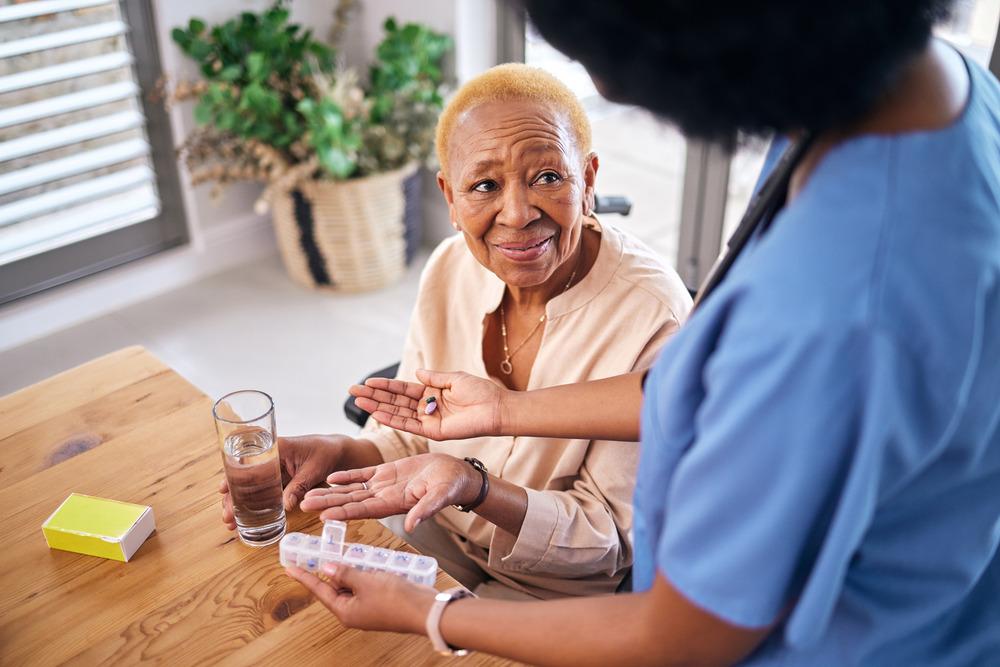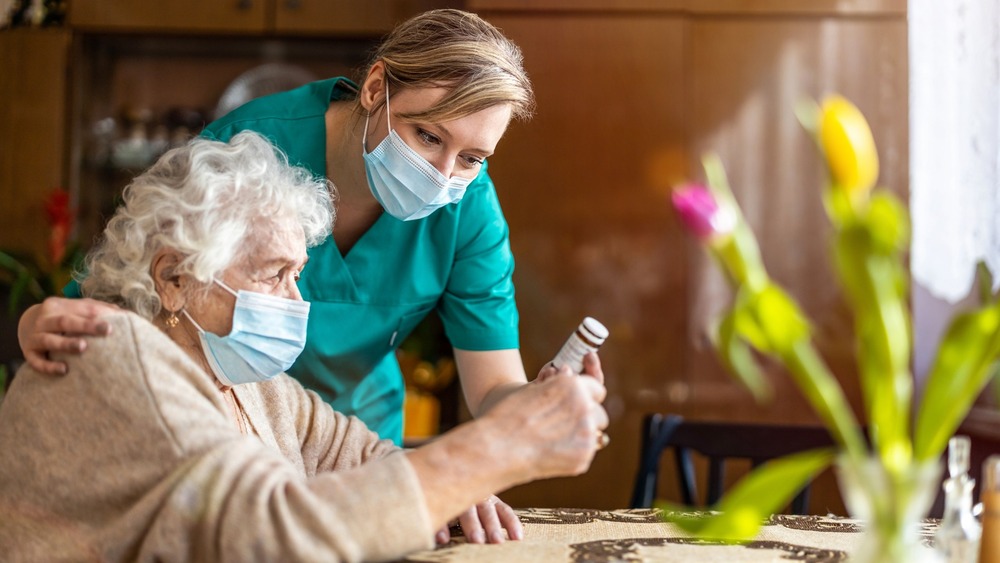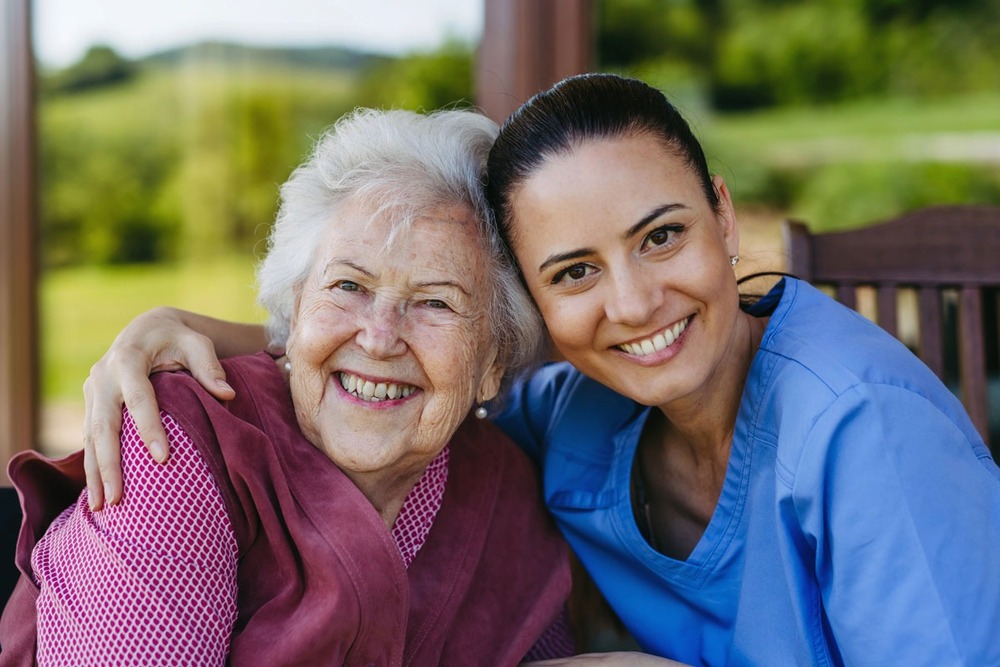Falls among the elderly are a significant public health concern, leading to serious injuries and even fatalities. According to the Centers for Disease Control and Prevention (CDC), one in four older adults falls each year in the United States. This alarming statistic highlights the urgent need for effective fall prevention strategies. Home Health Aides (HHAs) play a crucial role in this effort, utilizing exercise as a primary tool to enhance mobility and reduce the risk of falls.
In this blog, we will explore how HHAs implement exercise programs, the statistics surrounding falls, and the positive impact of physical activity on the elderly population. We will also provide clear tables to illustrate key data and findings, making the information more accessible and engaging. Let’s dive in! 💪

Understanding the Fall Risk
Falls can lead to severe consequences, including fractures, head injuries, and a decline in overall health. The CDC reports that falls are the leading cause of injury-related deaths among older adults. Here are some key statistics that shed light on the issue:
| Statistic | Value |
|---|---|
| Older adults (65+) who fall annually | 36 million |
| Falls resulting in injuries | 8 million |
| Falls leading to hospitalization | 3 million |
| Average medical cost per fall | $30,000 |
These numbers are staggering and emphasize the need for proactive measures. HHAs are often the first line of defense in preventing falls through tailored exercise programs designed to improve strength, balance, and coordination.
The Role of HHAs in Fall Prevention
Home Health Aides are trained professionals who provide essential support to elderly individuals in their homes. Their responsibilities often include assisting with daily activities, medication management, and, importantly, implementing exercise routines. Research shows that regular physical activity can significantly reduce the risk of falls.
According to a study published in the Journal of Aging and Physical Activity, older adults who engage in regular exercise have a 30-40% lower risk of falling compared to those who do not. This is where HHAs come into play, as they can create personalized exercise plans that cater to the individual needs of their clients.
Types of Exercises Recommended by HHAs
HHAs often recommend a variety of exercises that focus on strength, balance, and flexibility. Here are some common types of exercises that can be beneficial:
- Strength Training: Using resistance bands or light weights to build muscle strength.
- Balance Exercises: Activities like standing on one leg or heel-to-toe walking to improve stability.
- Flexibility Exercises: Stretching routines to enhance overall mobility and prevent stiffness.
- Aerobic Activities: Low-impact exercises such as walking or swimming to improve cardiovascular health.
Benefits of Exercise for the Elderly
The benefits of regular exercise extend beyond fall prevention. Engaging in physical activity can lead to improved mental health, better sleep quality, and enhanced overall well-being. Here’s a summary of the benefits:
| Benefit | Description |
|---|---|
| Improved Strength | Increases muscle mass and bone density |
| Enhanced Balance | Reduces the risk of falls |
| Better Mental Health | Alleviates symptoms of depression and anxiety |
| Increased Social Interaction | Encourages participation in group activities |
| Enhanced Quality of Life | Promotes independence and self-sufficiency |
Success Stories
Many HHAs have reported success stories where their clients have significantly reduced their fall risk through consistent exercise. For instance, a 75-year-old client who began a tailored exercise program under the guidance of an HHA experienced a 50% reduction in falls over six months. This not only improved her physical health but also boosted her confidence and independence.
Community Resources
For those looking to enhance their exercise routines, various community resources are available. Local senior centers often offer exercise classes specifically designed for older adults. Websites like SilverSneakers provide information on fitness programs tailored for seniors, making it easier to find suitable activities.
Conclusion
The role of Home Health Aides in preventing falls through exercise is invaluable. By implementing tailored exercise programs, HHAs can significantly reduce the risk of falls among the elderly, leading to improved health outcomes and enhanced quality of life. With the right support and resources, older adults can maintain their independence and enjoy a more active lifestyle.
As we continue to address the challenges of aging, it is essential to recognize the importance of exercise and the critical role that HHAs play in promoting mobility and preventing falls. Let’s work together to create a safer environment for our elderly population! 🌟
By prioritizing physical activity and leveraging the expertise of HHAs, we can make strides in fall prevention and ensure that our loved ones remain active and healthy for years to come.




